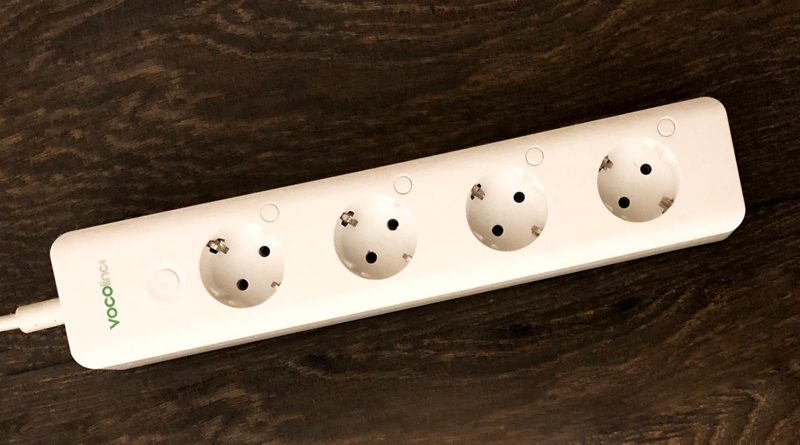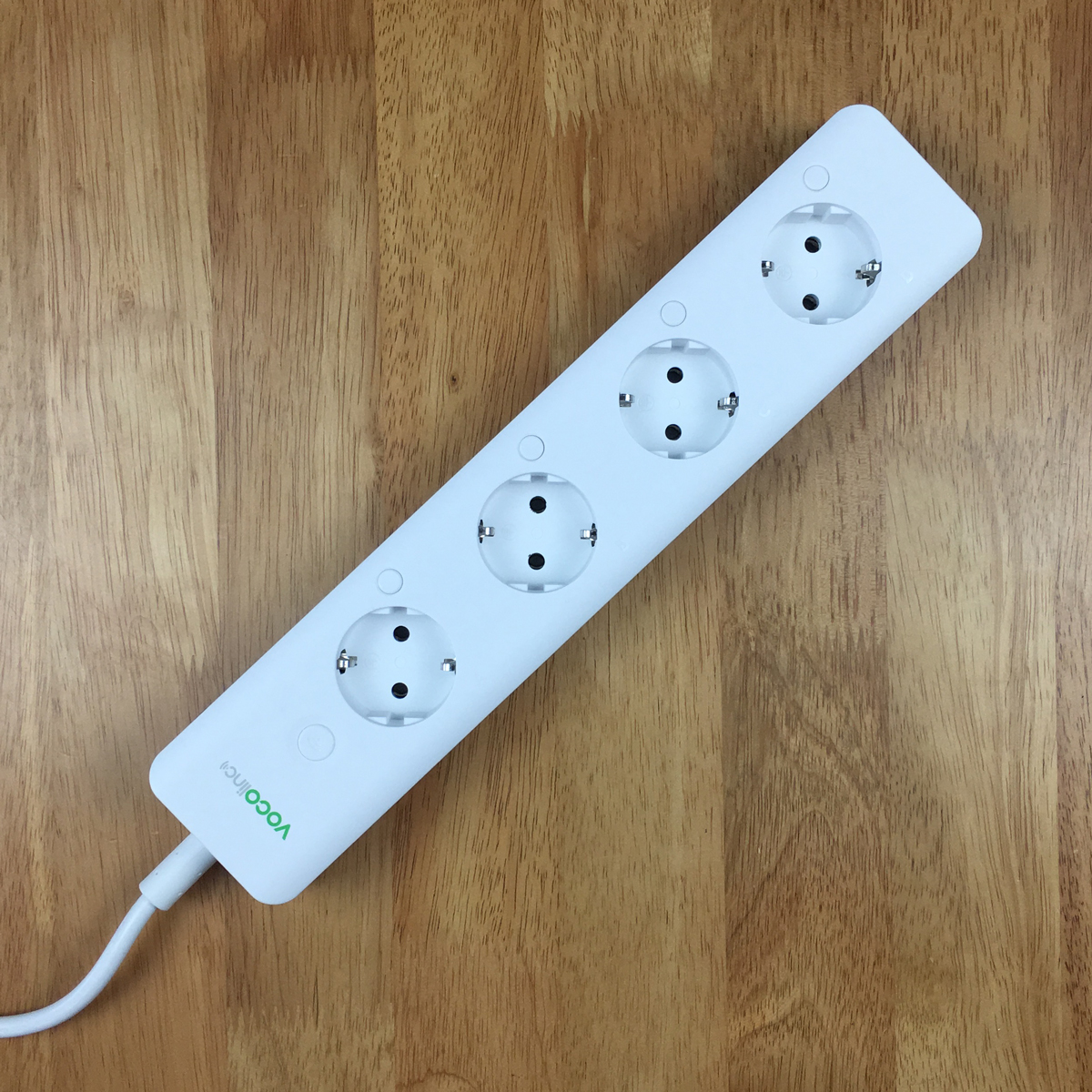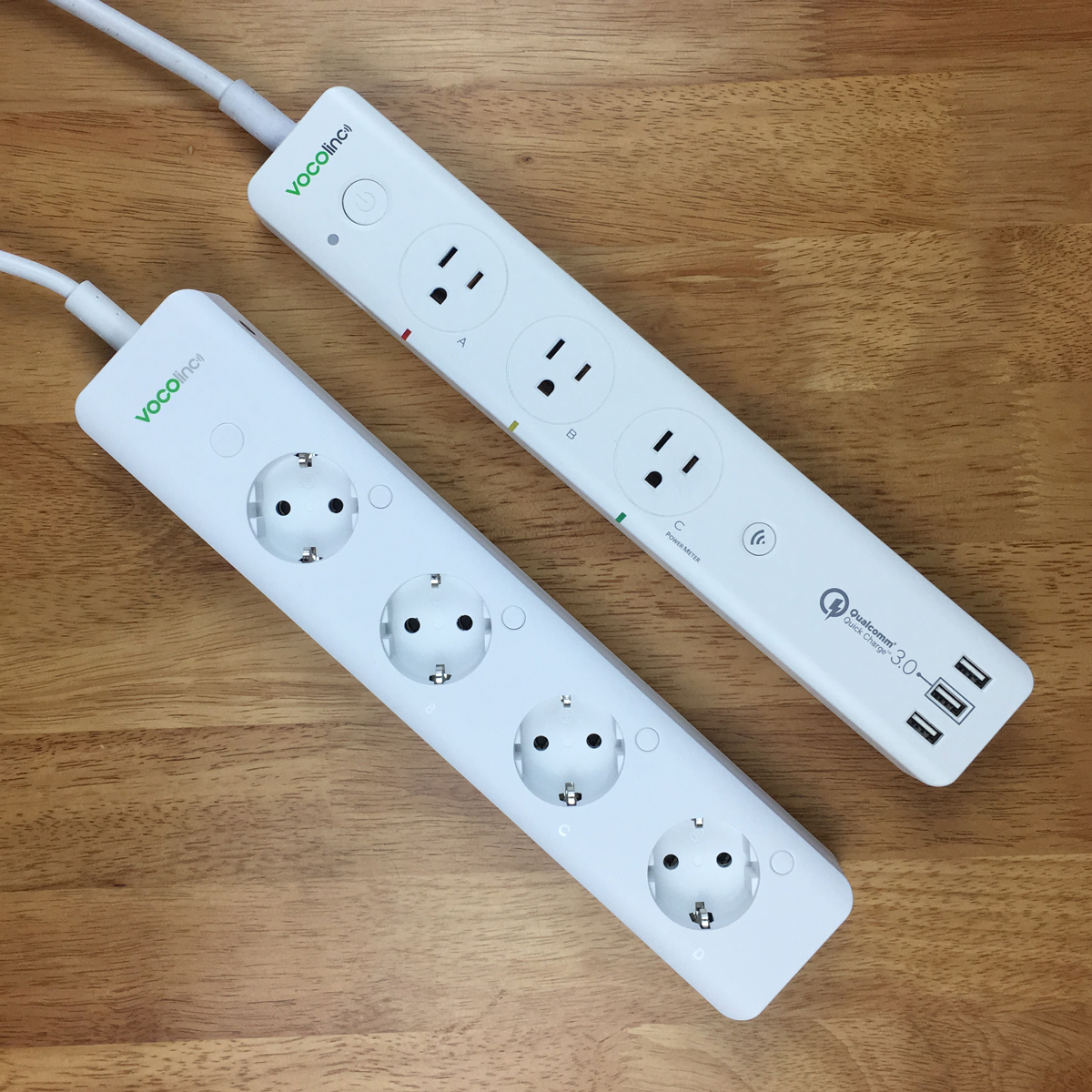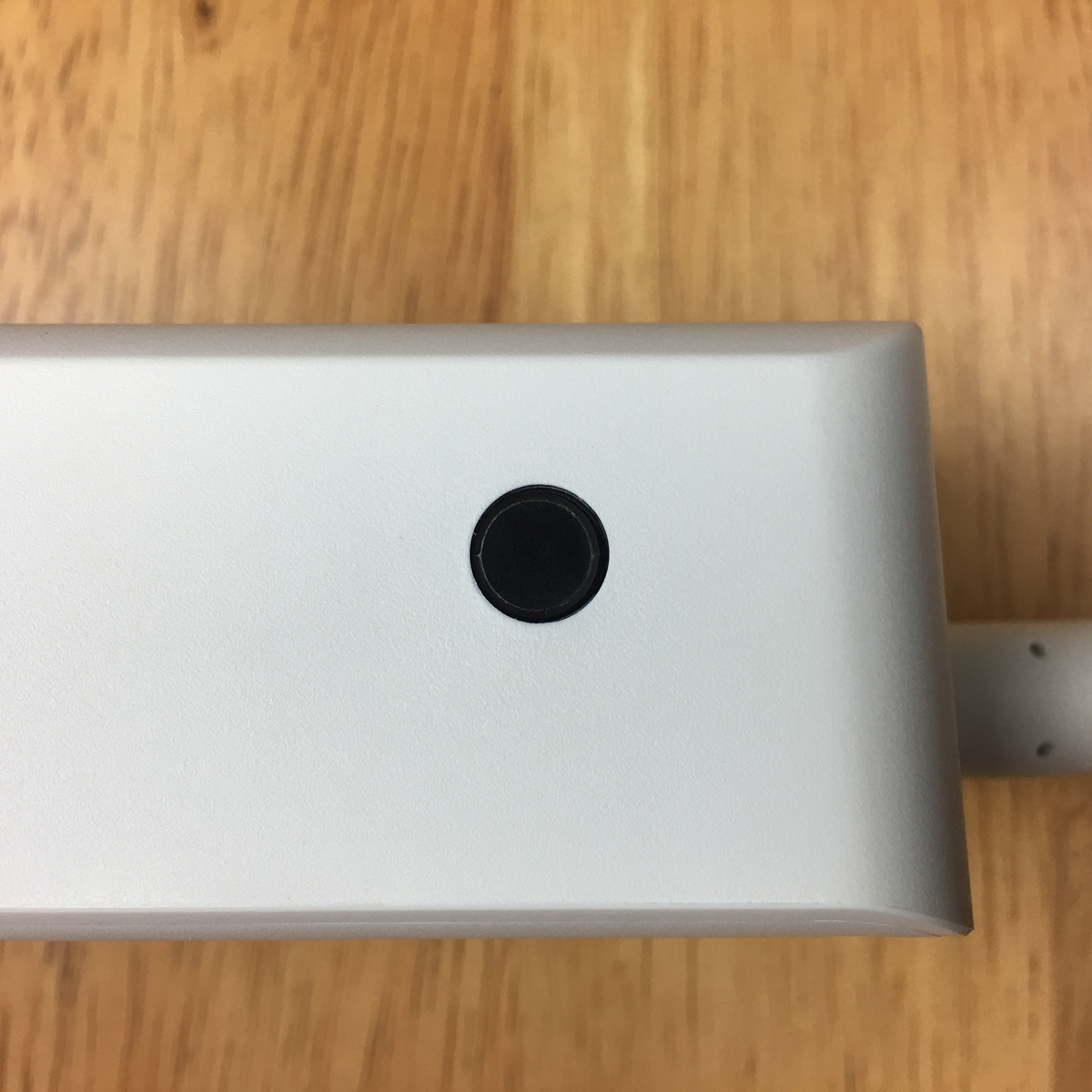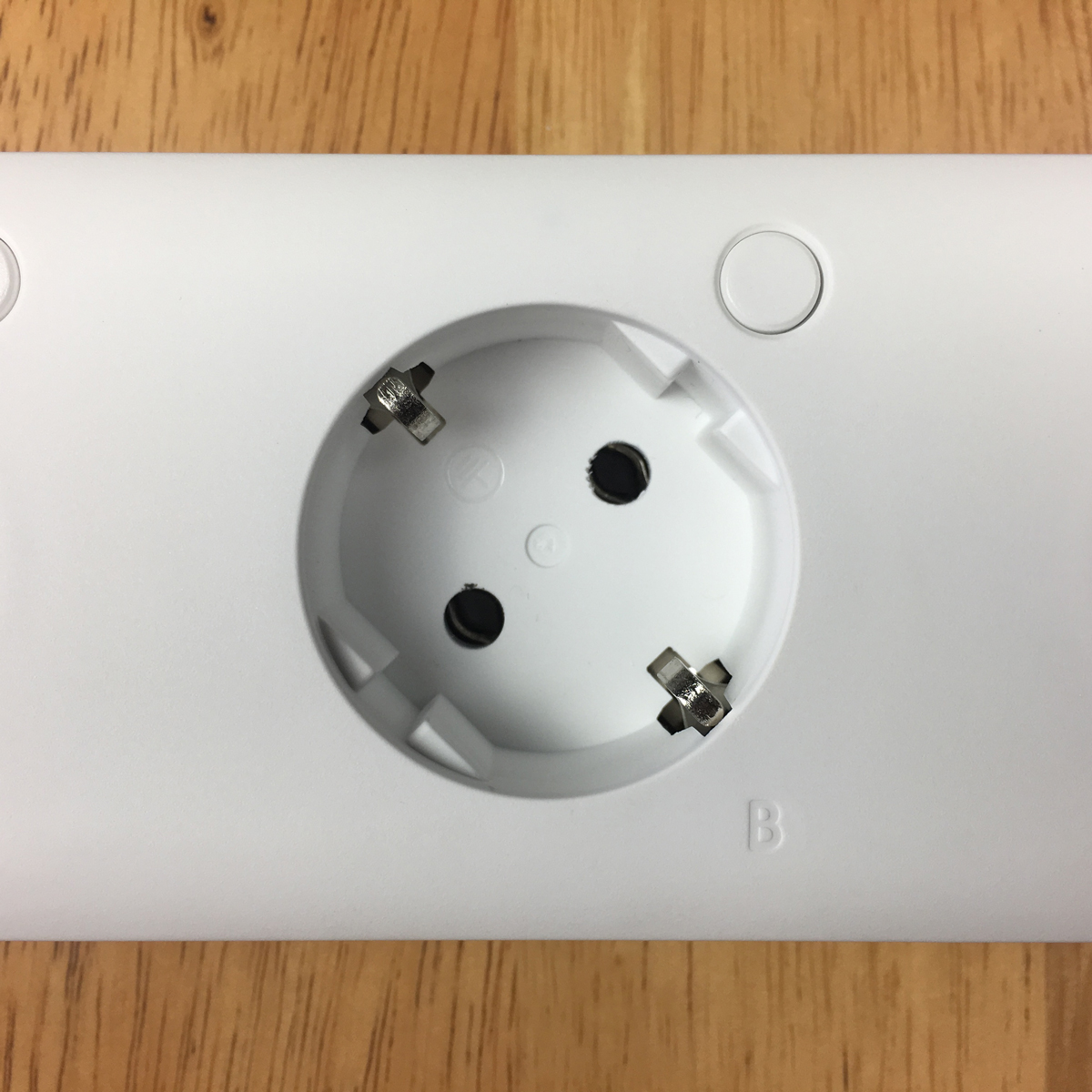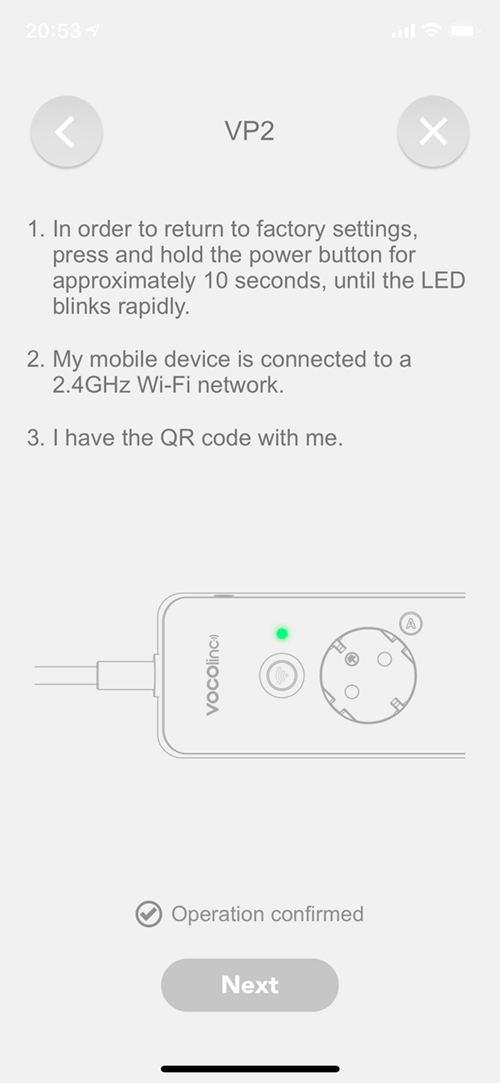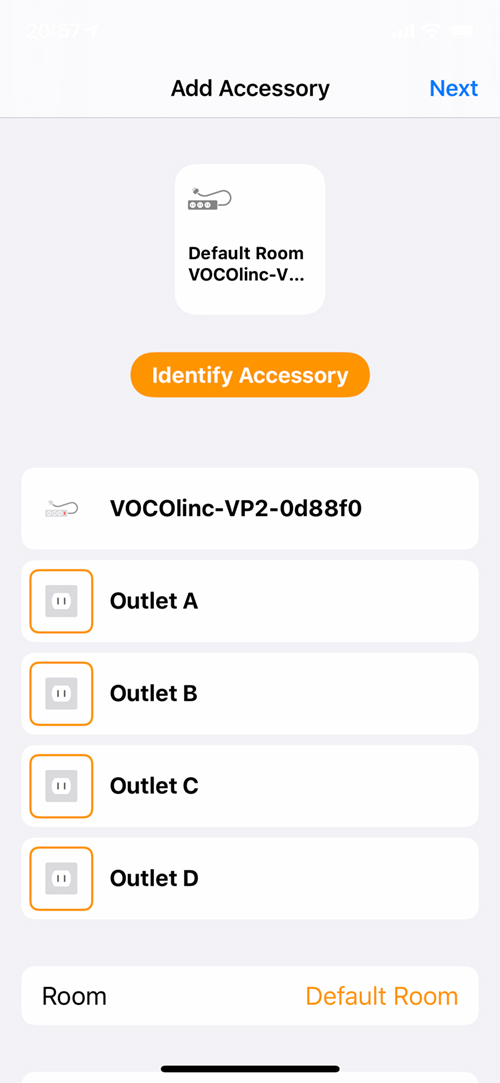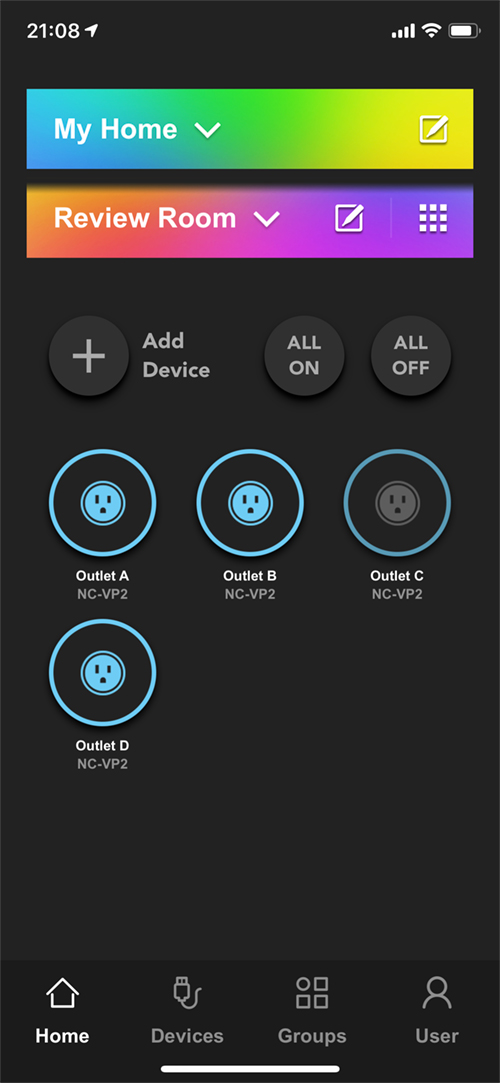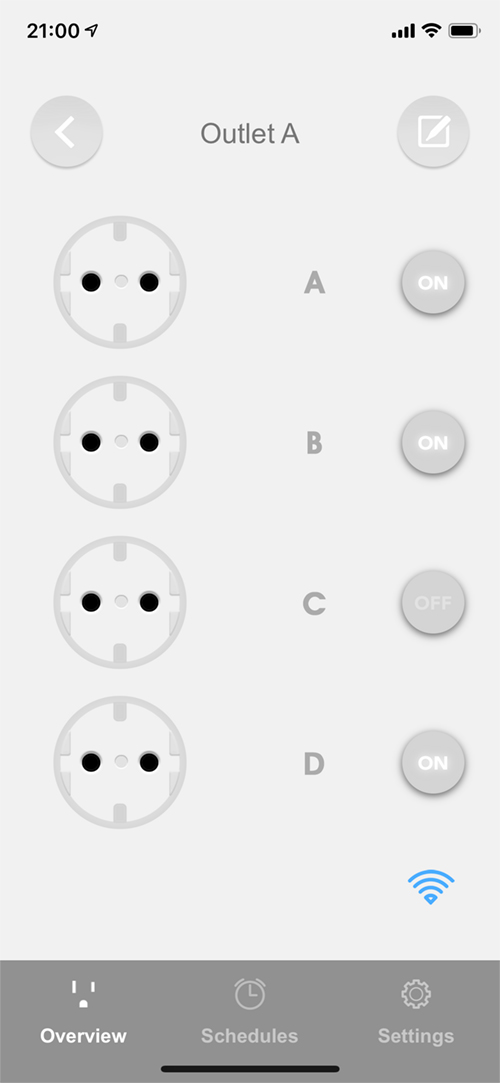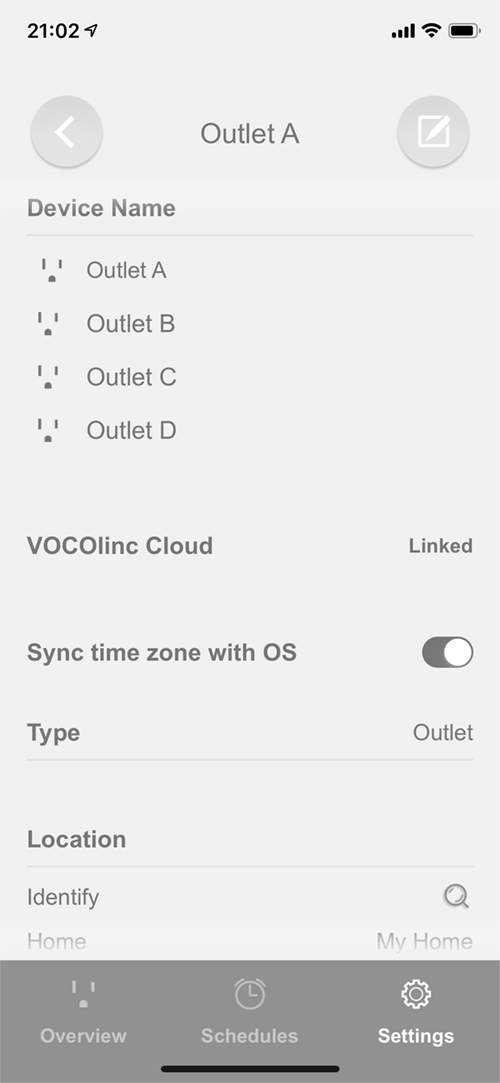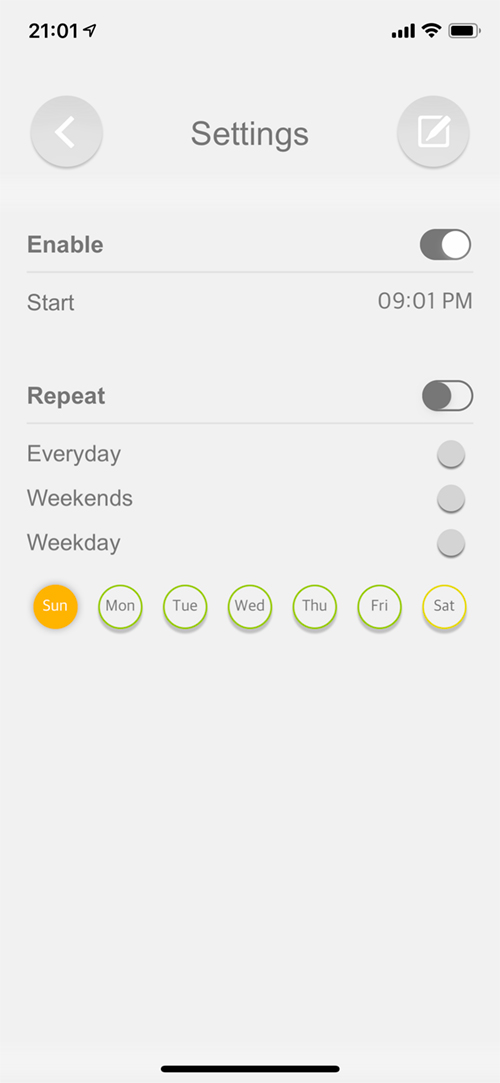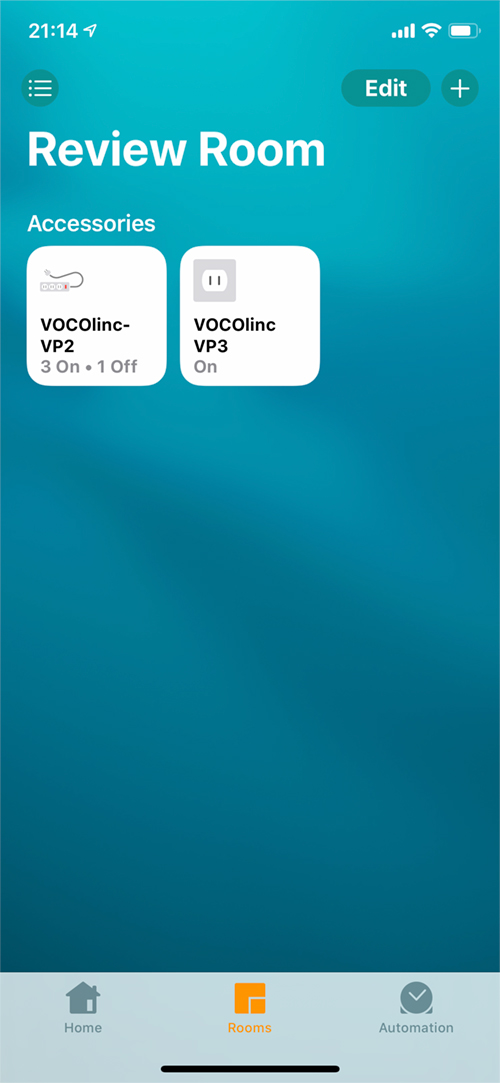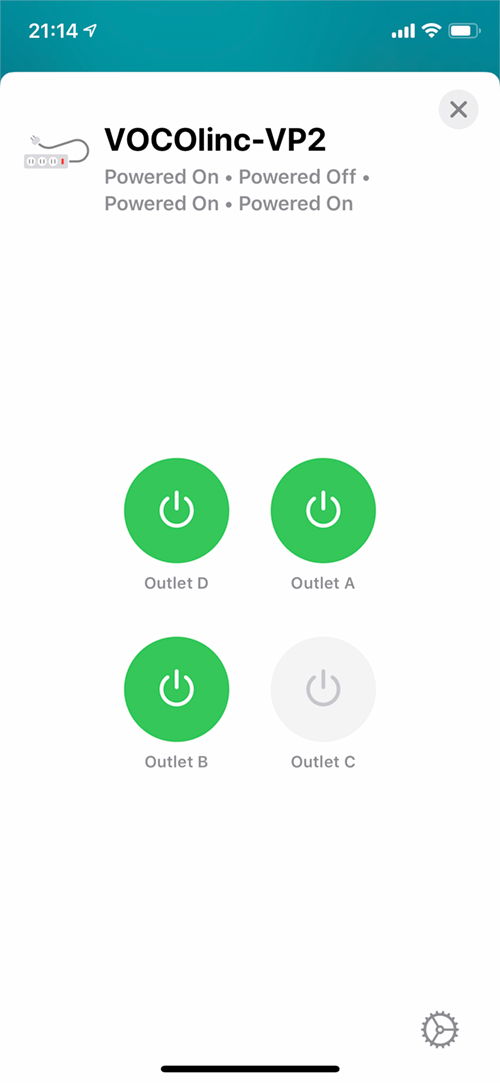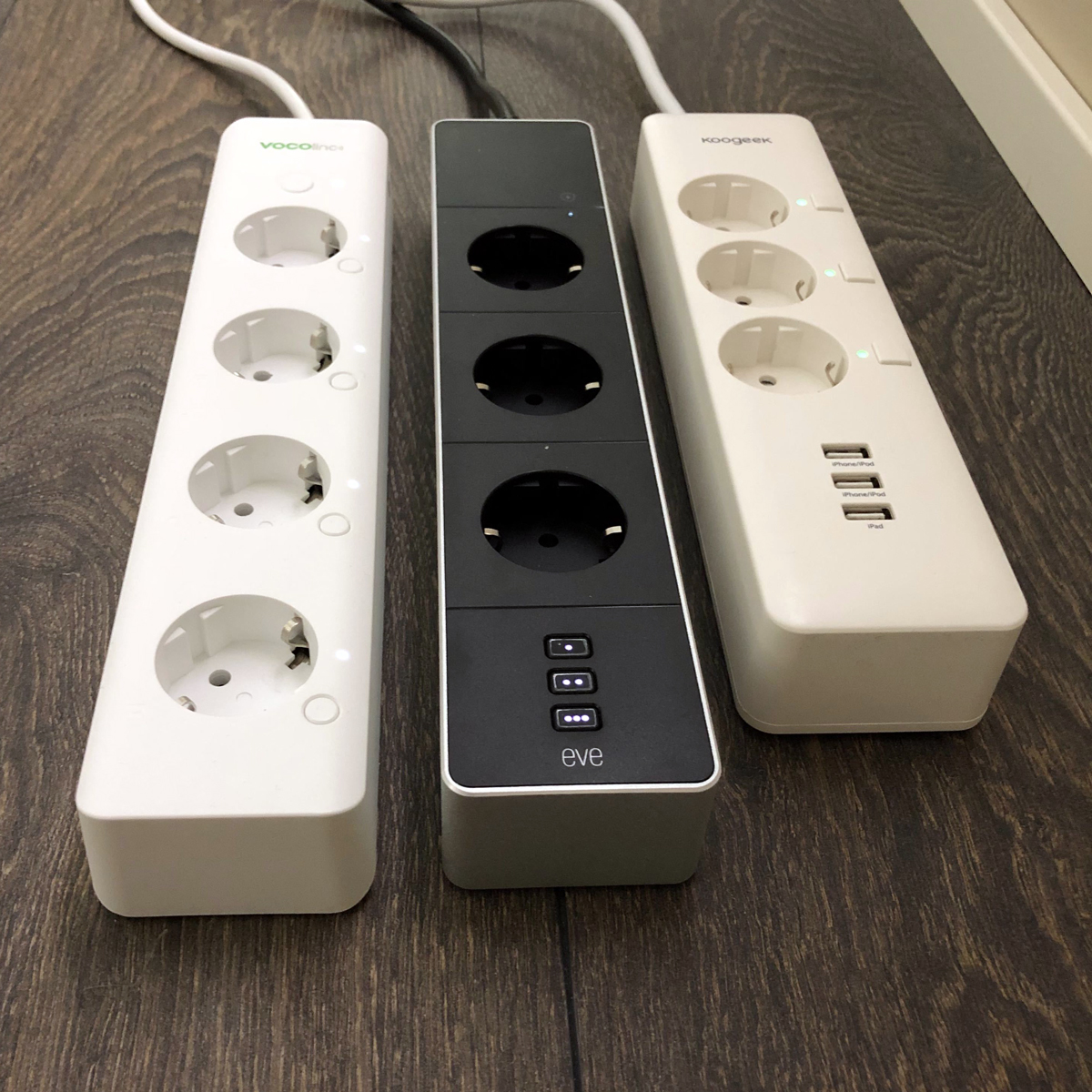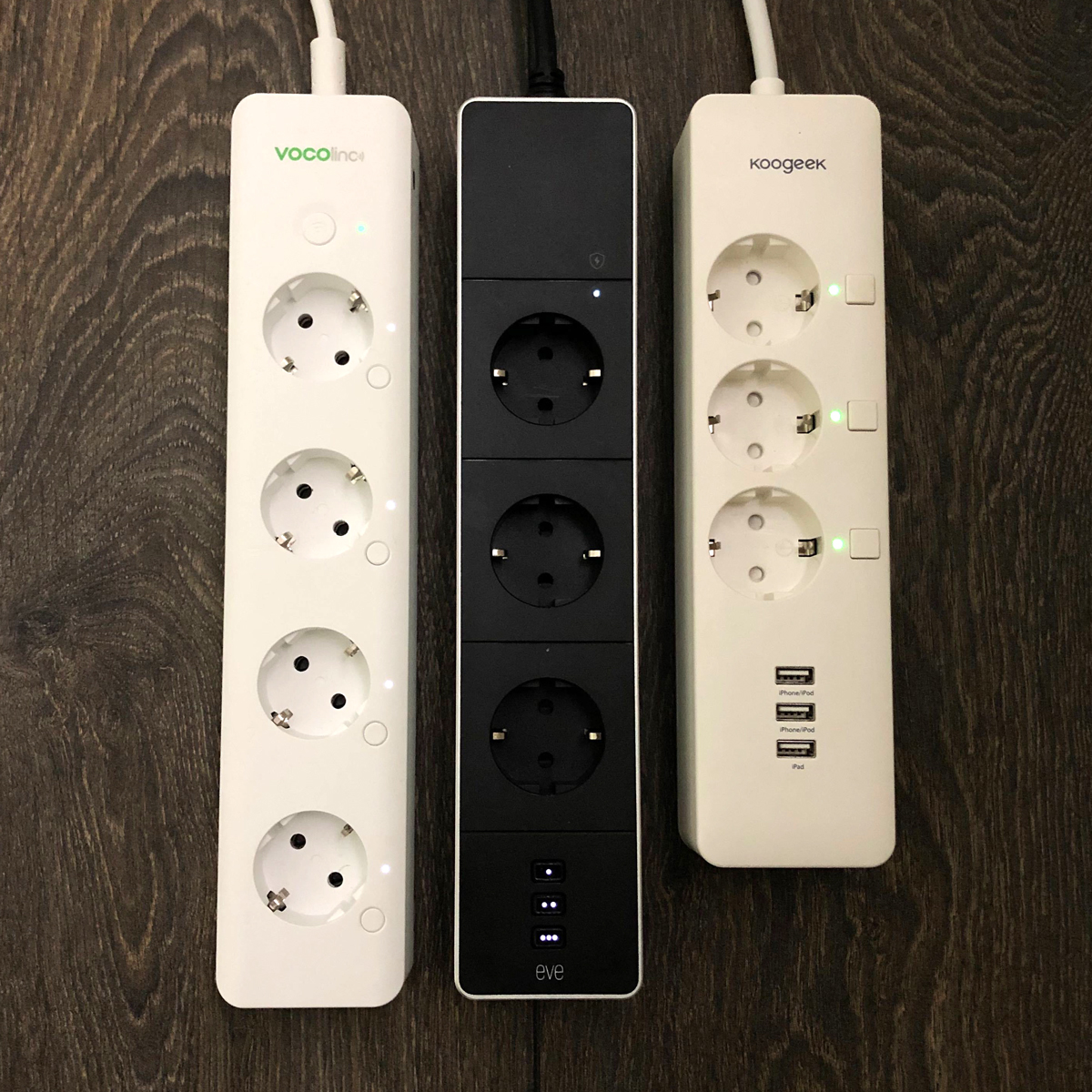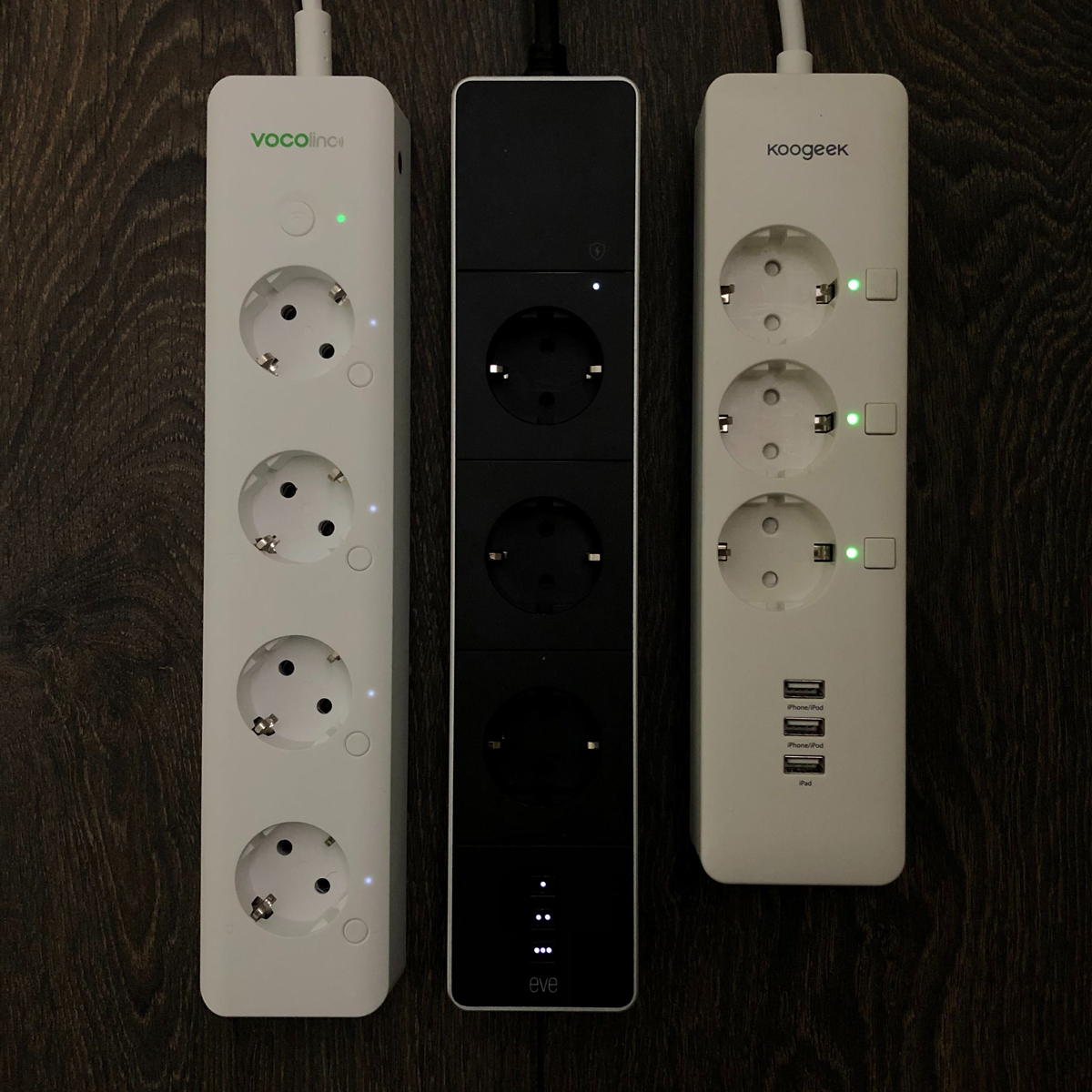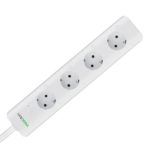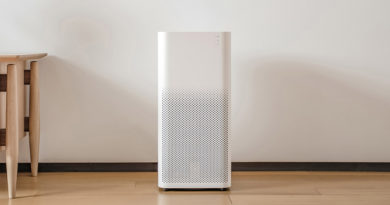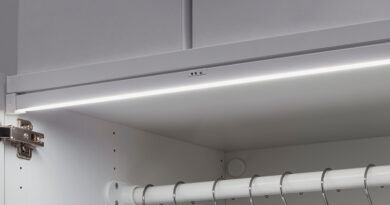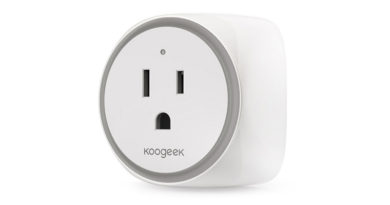VOCOlinc VP2 Smart Power Strip (review)
With 2019, we can’t complain too much about the lack of new products for HomeKit, and we are pleased to learn of yet another new product from VOCOlinc, in the form of VP2 smart power strip for the European region. Smart sockets and lighting are probably the first categories we think of when starting on our adventure by setting up a smart home. In most houses, there will definitely be a place where we need access to more sockets than are available, so the best solution would be to use a power strip – so why not a smart power strip? I’m very pleased to see such a product because up until now there have only been two other power strips available in Europe, so let’s see how it stands up.
I will not mention the packaging because the strip described here, courtesy of Vocolinc, came to us before the official sale began and did not have official packaging.
FIRST IMPRESSIONS
In this case, we’re not exactly looking at the European version of Vocolinc’s US PM2 power strip, which has been available for some time. No, this is a completely new device with a new design and functionality, but more on that in a moment.
The VP2 power strip is only available in white. This smart power strip uses a wi-fi connection for smart control. It has four separate built-in sockets, with the option to manually control each of them, using individual buttons located next to each socket. There’s also an additional button that allows you to turn all sockets on or off at the same time. This button is also used to reset the strip. Each socket has its own separate white LED indicator showing the status of each socket, along with an additional green LED indicator showing the status of the connection to the wi-fi network. This LED is also used to show status when pairing or resetting this device.
The size of this VP2 doesn’t differ much from the smart strips by other companies, even if it may look like this in the attached pictures, but in practice, there are really small differences. It’s also built with what seems to be a high-quality plastic material, which feels nice to the touch.
The technical specifications are as follows (product dimensions are approximate):
- Supply voltage: AC 230V
- Rated load current: 10A
- Maximum power 2300W
- Built-in surge protector
- Wi-Fi: 2.4GHz 2400-2483.5MHz IEEE802.11 b/g/n
- Max. transmit power: 12dBm
- Dimensions: 38 x 65 x 320 mm
- Cable length: 180 cm
SETTING UP
Initial set up is the same and as easy as with most other HomeKit devices. You can use Vocolinc’s own LinkWise app for iOS (also available for Android in the Google Play Store) or the Apple Home app, by scanning the included HomeKit code. Once installed in the usual way, each outlet can be named separately. In addition, a separate name for the entire device can be used in the Home app in iOS13. In the LinkWise app, you can also assign the device to your Vocolinc account in order to use it with Google Home and Amazon Alexa systems. There’s also an option that allows you to synchronise the local time with your iOS device, in case you use the built-in timer function. Finally, you can also assign each socket to the different type of device it’s used with. You can choose between the available standard HomeKit options, like outlet, light or fan. This is useful when using voice control and Siri.
As already mentioned, the VP2 smart power strip uses a wi-fi connection, so generally, the response time is very fast. This device has four independent sockets, each of which can be turned on or off, and as expected, it has done so flawlessly in our tests each time. You can use any third-party HomeKit application, either being on a local network or via remote control (Remote Access requires a Homekit hub of course – Apple TV4+, suitable iPad, or HomePod) anywhere in the world. In addition, you can also directly control the individual outlets via the four buttons on the VP2 itself. From my perspective, I believe that in everyday use, physical buttons, sooner or later, will certainly prove to be useful. As regards the device, if there were to be a power failure, the power strip reverts to its last used state, so if it were off when the power were to be cut, then it would be off when power resumes.
I like the discreet look of all LEDs, as they give me a quick overview of the most important status information – on or off. The colours used in them make it even easier to see the most important information. After having and using this strip or over a week, I have not noticed any problems related to the disappearance or disconnection of the device from the wi-fi network. This is the most sensitive part of any devices connecting via wifi and even more important when we lose access to the device whilst away from home. The reliability of a device is not only determined by the fact that a device does not disconnect itself from the wifi network; It is equally important as to whether it can reconnect after a power or internet outage, so I always do a simple test by restarting the internet router a few times to see if the device can reconnect itself. In the case of VP2 smart power strip, there were no problems in this respect, which makes me happy because a lot of devices using the wifi network have this very problem. It’s also good to see that Vocolinc has left ample space between outlets, so you don’t need to worry when plugging larger power adapters into it.
As with nearly all Vocolinc products (The T-Guard Smart Lock being HomeKit compatible only), the smart power strip is compatible with HomeKit, Google Home and Amazon Alexa. Information about this can be found on the packaging (we’ve only seen a PDF of the packaging at the time of writing) and in the Vocolinc application itself. Additionally, the application includes instructions on how to use the VP2 with Google Home and Amazon Alexa.
DESIGN, FUNCTIONALITY AND SUMMING UP
I’ll leave the look and design of this smart power strip for your own assessment, because it is a very individual matter, and not everyone always wants or needs such a device to be visible. Certainly the biggest advantage of this strip, apart from all other functions, is the number of sockets, as there are four of them where most of the competition has only three. The ability to use timers is certainly also a very good and useful addition. What does draw a bit of potentially negative attention is definitely the lack of USB ports. However, after deeper reflection, it doesn’t necessarily need to be to viewed as a disadvantage, because we certainly appreciate the additional socket that we can use to power devices with USB anyway, compared to only three outlets and a fixed set of USB ports that can’t be used for anything else, which we cannot control anyway due to HomeKit specifications. In terms of pros, I would also include the discrete LED status lighting, which, in addition to looking nice, isn’t so bright or large, so it doesn’t disturb or distract you too much, whilst also provides all the information you need. The only thing that I really miss about this product is the ability to measure power consumption and review past measurements which is also useful for looking back on historical data. This is really a decent and very useful function for this type of product. It can teach us a lot about where and how much electricity we use, and can even be used in various automations. I wouldn’t call it perhaps the most intelligent solution or workaround, but if you care about power metering then you can, for example, connect this strip to the new VOCOlinc VP3 smart outlet, which has power metering built-in. The VP3 is another brand new product for the European market which we’re testing now, and one in which you will be able to read about soon.
The VP2 is a very solidly made power strip and works very well in the HomeKit ecosystem. In the same way, you’ll definitely appreciate the larger number of independently controlled sockets. The VOCOlinc VP2 smart power strip should be available very soon through Amazon stores in Europe.
Full disclosure: Vocolinc provided HomeKit News with the VP2 Smart Power Strip for the purpose of this review. No other compensation was made or requested.

